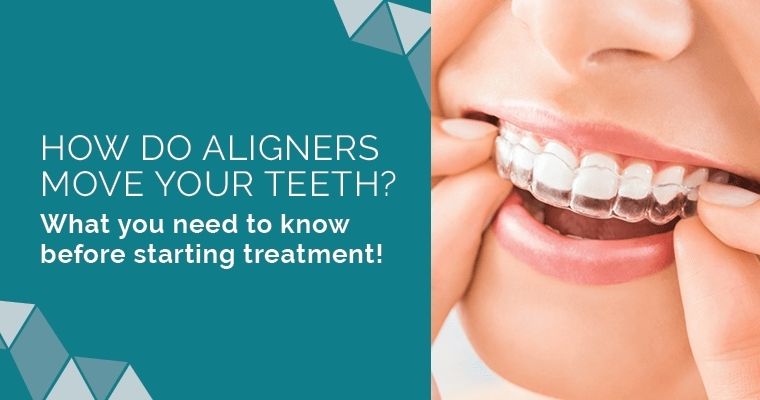Legacy Orthodontics Fundamentals Explained
Table of ContentsWhat Does Legacy Orthodontics Mean?The Of Legacy OrthodonticsLegacy Orthodontics Fundamentals ExplainedA Biased View of Legacy OrthodonticsSome Known Incorrect Statements About Legacy Orthodontics
At Advanced Orthodontics, we supply patients with a holistic therapy experience. On top of that, we provide adjustable treatment timetables, flexible payment alternatives and an enjoyable, delightful experience. leesburg orthodontist. Phone call ( 480) 357-4900 today for more information and timetable a visit.An orthodontist is a dental expert trained to identify, avoid, and treat teeth and jaw abnormalities. Orthodontists work with individuals of all ages, from children to adults.
Malocclusion, or misaligned teeth, can result in dental problems, consisting of tooth decay, periodontal disease, and challenging or agonizing eating. Not everyone is birthed with straight teeth. If you have a negative bite or big spaces between your teeth, you may wish to get in touch with a dental professional focusing on orthodontic care.
Fascination About Legacy Orthodontics
( Picture Credit: DigitalVision/Getty Images) Orthodontists use dealt with and detachable dental devices, like braces, retainers, and bands, to change the setting of teeth in your mouth. Orthodontic treatment is for dental problems, consisting of: Jagged teethBite troubles, like an overbite or an underbiteCrowded teeth or teeth that are also far apartJaw misalignmentThe objective of orthodontic therapy is to boost your bite.
While you may assume of orthodontists as mainly for children or young adults who need dental braces, they can deal with oral problems at any age. Orthodontists go to university, dental institution, and orthodontic institution.
All orthodontists are dental practitioners, but not all dentists are orthodontists. Orthodontic residency programs provide intensive, focused direction for dental experts. They concentrate on two locations: Just how to properly and securely move teeth Just how to correctly guide development in the teeth, jaw, and faceOnce an orthodontist has finished training, they have the option to become board accredited.
Excitement About Legacy Orthodontics
Misalignment, or malocclusion, is the most usual factor individuals see an orthodontist. It is genetic and is the outcome of dimension differences between the top and reduced jaw or in between the jaw and teeth. Malocclusion brings about tooth overcrowding, a misshapen jaw, or irregular bite patterns. Malocclusion is normally treated with: Your orthodontist affixes metal, ceramic, or plastic square bonds to your teeth.
If you have only small malocclusion, you may be able to use clear braces, called aligners, rather than their explanation conventional dental braces (https://legacyortho.blog.ss-blog.jp/2024-10-01?1727712062). Some individuals require a headwear to assist move teeth right into line with stress from outside the mouth. After dental braces or aligners, you'll require to wear a retainer. A retainer is a custom gadget that maintains your teeth in area.
They can produce extra space in the mouth without having to pull teeth. Orthodontists use cables, medical screws, or plates to sustain your jaw bone.
You might need to see an orthodontist if you have: Crowding or not adequate area for every one of your teethOverbite, when your upper teeth come your bottom teethUnderbite, when your bottom teeth are too far forwardSpacing or problems with gapsCrossbite, which is when your top teeth fit behind your base teeth when your mouth is closedOpen bite or an upright void in between your front base and top teethMisplaced midline, when the facility of your bottom and top teeth do not line up Remedying a dental malocclusion can: Make biting, chewing, and speaking easierImprove the balance of our face and your general appearanceEase pain from temporomandibular joint problemsDifferent your teeth and make them easier to clean, helping protect against dental cavity or cavities It's often a dentist who initially notices misaligned teeth throughout a regular examination.
Getting My Legacy Orthodontics To Work

Throughout your very first orthodontic appointment, you'll likely have: A dental examPhotos taken of your face and smileDental X-raysPanoramic (360 degree) X-rays of your face and headImpressions to create molds of your teethThese examinations will help your orthodontist understand how to proceed with your treatment. braces. An orthodontist is a dental expert who's had training to treat your teeth and jaw
Orthodontists may carry out surgical treatment, exams,X-rays,and more to assist you acquire a more comfy, much healthier smile. An orthodontist is concentrated on your bite, so something like a cracked tooth would certainly be taken care of by a dental practitioner. Orthodontists are dental professionals however not all dental practitioners are orthodontists. Orthodontists are focused on your bite, or the way your teeth meshed, and the straightness of your teeth.
Ever wondered just how stars always appear to have completely aligned teeth? The solution usually depends on the competent hands of an orthodontist. But exactly what does an orthodontist do? Orthodontists are dental professionals who concentrate on remedying abnormalities in the teeth and jaws. Their knowledge exceeds simply producing a gorgeous smile; it encompasses enhancing your total oral health and function.
The Best Guide To Legacy Orthodontics

While dental braces are one of the most generally recognized orthodontic treatment, orthodontists have a varied toolkit at their disposal. The specific approach picked relies on the severity of the case, the client's age, and individual preferences. These reliable braces make use of a system of braces bound to the teeth and linked by cables.
These detachable trays are tailor-made to gradually shift the teeth's placement. In situations of narrow jaws, palatal expanders can be utilized to create area for correct tooth positioning.